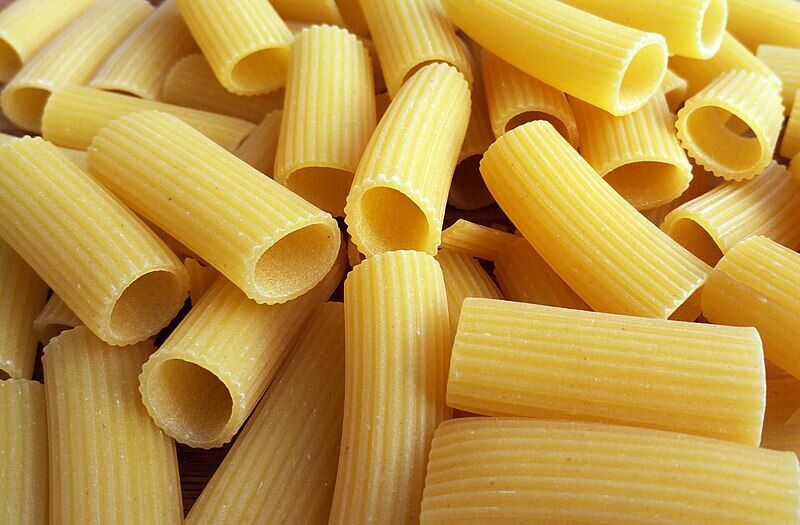How to Match Pasta Shapes to Sauces

While spaghetti Bolognese is a well-known dish, it lacks authenticity. In Italy, cooks rarely use thin pasta like spaghetti with thick ragu. Instead, they prefer larger shapes, such as shells or tubes, to catch sauces, or they use thicker long pasta like tagliatelle and pappardelle.
Larger pasta shapes work well with thick and robust sauces. In contrast, skinny shapes like vermicelli pair best with light cream or oil-based sauces. Look at our recommendations for pairing pasta shapes with sauces and share your thoughts with us below.
Long & Skinny Pasta Shapes
Long and skinny shapes, including spaghetti, linguine, fusilli lunghi, and vermicelli, suit light seafood, cream-based, or oil-based sauces. These delicate shapes allow the sauce to thoroughly coat the pasta without overwhelming it.

Long Ribbon Pasta Shapes
Long ribbon shapes like tagliatelle, pappardelle, fettuccine, and mafaldine are perfect for rich, meaty sauces. The wider ribbons hold up against the heavier sauces, creating a satisfying mix of flavors.
Shell Pasta Shapes
Shell pasta shapes, such as conchiglie and lumache, are ideal for heavy cream or meat sauces. The larger shells can be stuffed to enhance the dish further, making for an intriguing texture combination.
Twist Pasta Shapes
Twist shapes like fusilli, trofie, strozzapreti, caserecce, and gemelli pair well with lighter, smoother sauces. These shapes help sauces like pesto cling effectively due to their twisting design.
Tube Pasta Shapes
Tube shapes, like penne, rigatoni, macaroni, and paccheri, complement hearty vegetable sauces or baked cheese dishes. They also go well with Bolognese or ragu due to their ability to capture the flavors inside the tube.

Mini Shapes
Mini pasta shapes such as orzo, fregola, canestrini, and stelline are excellent in soups, stews, or pasta salads. Their smaller size makes them versatile and easy to include in various dishes.
Filled Pasta
Filled pasta shapes, including ravioli, tortellini, and cappelletti, feature flavorful fillings. These are usually served with light butter or oil sauces to enhance the filling experience.
Top Cooking Tips
- Cooking Method: Always use a large pot of salted boiling water for cooking pasta. Generous water prevents sticking. Italians suggest making the water as salty as the sea.
- Avoiding Oil: Do not add olive oil while cooking pasta. It won’t stop sticking and will just go down the drain.
- Combining Sauce and Pasta: Rather than layering pasta with sauce, Italians mix them in the pan. This method ensures every piece of pasta gets coated.
- Al Dente Cooking: Avoid cooking pasta entirely in boiling water. Drain it al dente and finish cooking it in the sauce.
- Saving Pasta Water: Save a cup of pasta cooking water. If your sauce seems dry after adding pasta, splash in some reserved water. The starch helps the sauce cling better.
Earlier, SSP told how to store spices for maximum freshness and flavor.



















